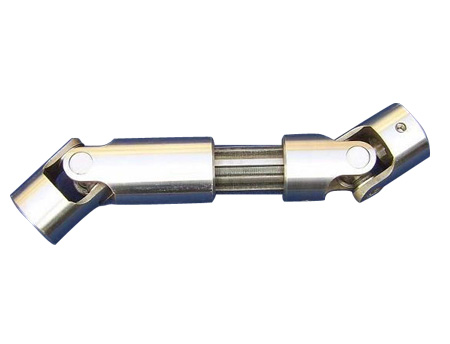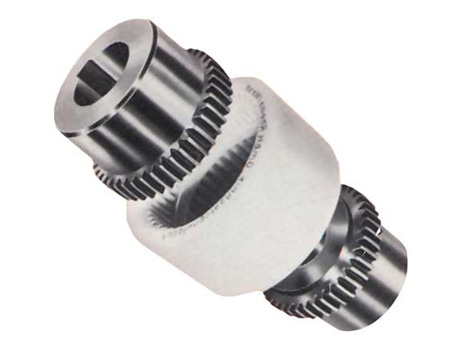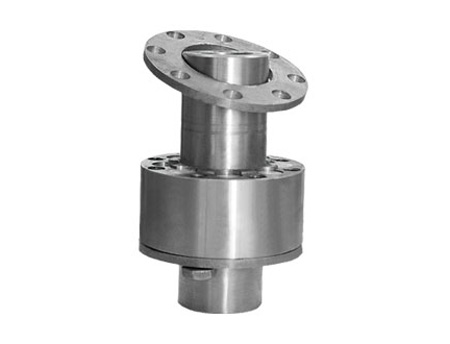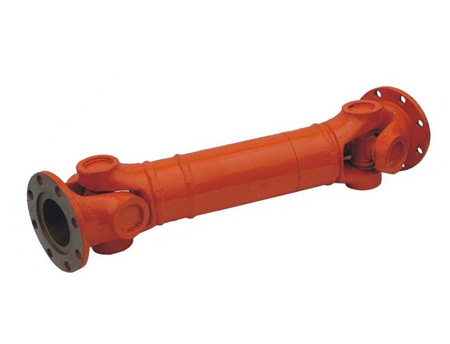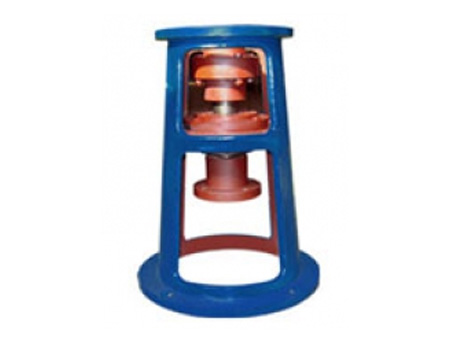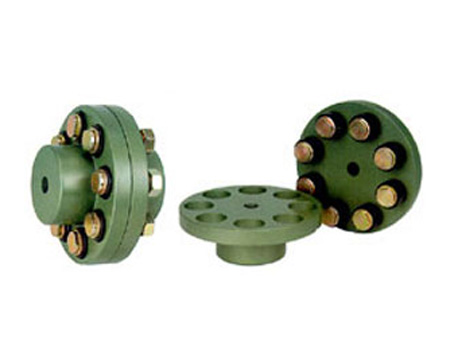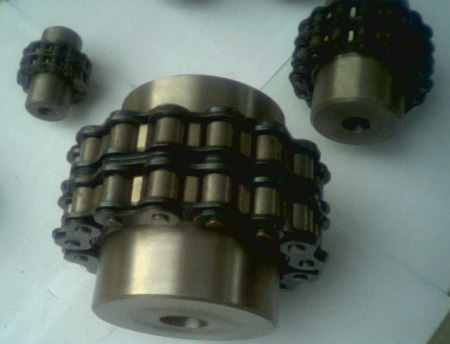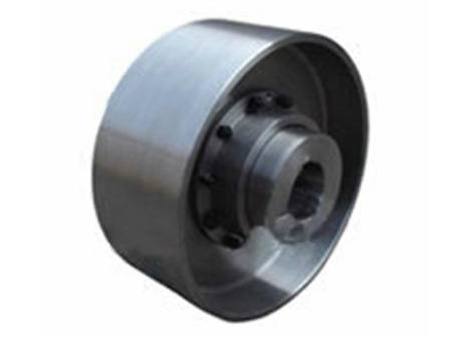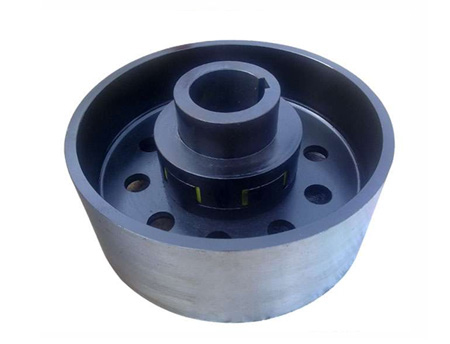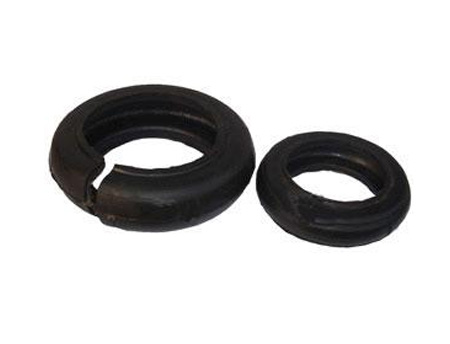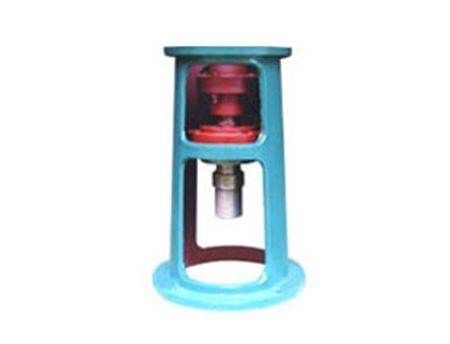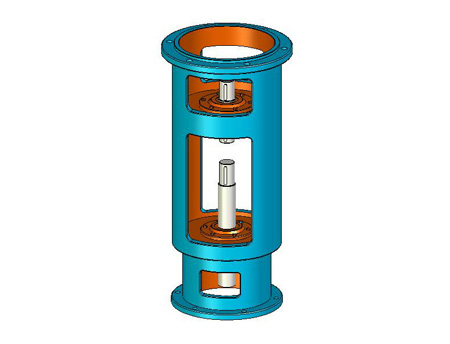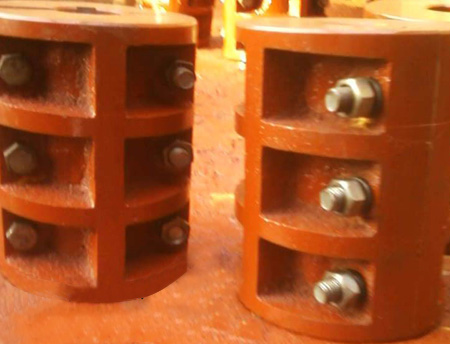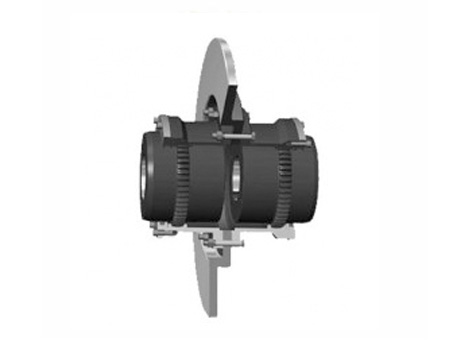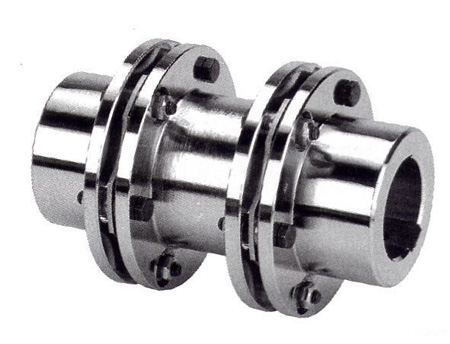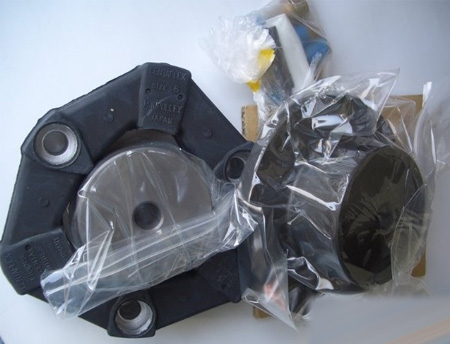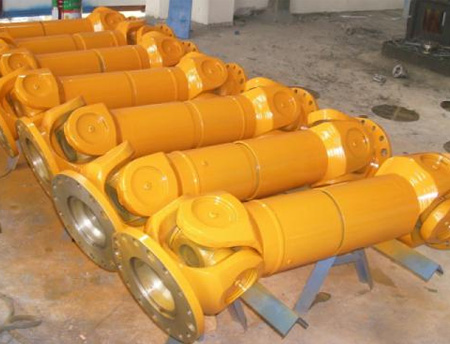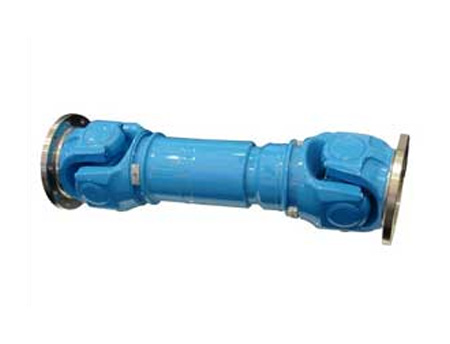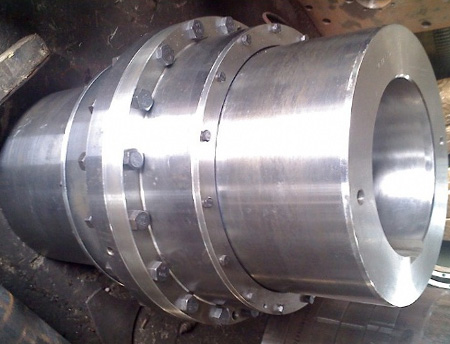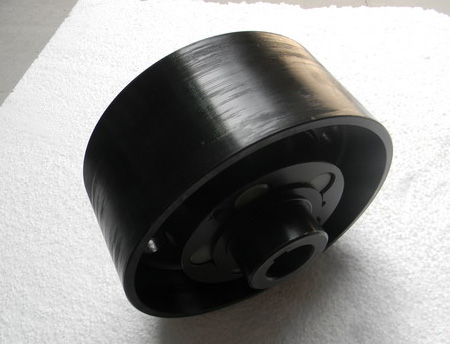Website: www.rigid-shaft-coupling.xyz
Address: Xihuan Industrial Zone, Botou City, Hebei Province
The material of the coupling and the application of the clamp coupling
The manufacturing process of the coupling is formed by two kinds of materials such as cast steel and forged steel:
Cast steel has higher mechanical properties than cast iron, but its casting properties are worse than cast iron.In order to prevent steel castings from producing defects such as insufficient pouring, cold separation, shrinkage and porosity, cracks and sand sticking, a more complicated process than cast iron is adopted: due to the poor fluidity of molten steel, in order to prevent cold separation and insufficient pouring of steel castings , The wall thickness of steel castings should not be less than 8mm; the structure of the pouring system should be simple, and the cross-sectional size should be larger than that of cast iron; use dry casting or hot casting; appropriately increase the pouring temperature, generally 1520°~1600°C, because the pouring The temperature is high, the degree of superheat of the molten steel is large, and the time of keeping liquid is long, and the fluidity can be improved.However, if the pouring temperature is too high, it will cause defects such as coarse crystal grains, thermal cracks, pores and sand sticking.Therefore, the casting temperature of small, thin-walled and complex-shaped castings is about the melting point temperature of steel + 150°C; the casting temperature of large, thick-walled castings is about 100°C higher than its melting point.Furthermore, because the shrinkage of cast steel greatly exceeds that of cast iron, in order to prevent shrinkage cavities and shrinkage defects in castings, risers, chilled iron, and subsidies are mostly used in the casting process to achieve sequential solidification.In addition, in order to prevent the occurrence of shrinkage cavities, shrinkage porosity, pores and cracks in steel castings, the wall thickness should be uniform, sharp corners and right-angle structures should be avoided, sawdust is added to the casting sand, coke is added to the core, and Hollow cores and oil sand cores are used to improve the retreatability and air permeability of sand molds or cores.Because of the high melting point of cast steel, molten steel is easy to oxidize, the fluidity of molten steel is poor, and the shrinkage is large. Its body shrinkage rate is 10-14% and linear shrinkage is 1.8-2.5%.
The mechanical properties of forgings are generally better than castings of the same material.Forging is a commonly used forming method in mechanical manufacturing. Forging can eliminate the as-cast looseness and welding holes of the metal.For the important parts of machinery with high load and severe working conditions, forgings are mostly used except for simpler shapes that can be rolled, profiles or welded parts.
Through the above knowledge, we can understand the difference between cast steel and forged steel. According to these, it also shows that the different materials determine the performance and service life of the coupling after forming. Therefore, when ordering the coupling, please explain The material of the coupling you want, we will customize it according to your requirements.
The materials of the coupling are mainly cast steel, cast iron, forged steel, aluminum alloy, chromium, etc. The quality of the material can be said to determine the performance and service life of the coupling.Couplings are generally made of cast steel or cast iron, forged steel, etc. The couplings produced by our company mostly use 45# steel castings or forgings, and the material should be determined according to customer requirements.
The clamp housing coupling and the flange coupling are both rigid couplings and have a wide range of applications. It uses two clamp housings split along the axial direction and tightened in a certain way to realize the coupling of the two shafts. Shaft.
Since the clamp coupling belongs to the category of rigid couplings, it has the same characteristics as rigid couplings. It has simple structure, low manufacturing cost, and does not have the ability to compensate for the relative offset of the two axes. It is only suitable for strict alignment during installation. The two shafts are connected, and do not have the function of damping and buffering. Most of them are only suitable for working conditions with stable load and no shock and vibration.
Compared with flanged couplings, this type of coupling usually has a linear velocity of less than or equal to 5m/s. When it is greater than this value, a balance check is required. In order to improve the balance, the tightening bolts should be straight and Inverted installation.
